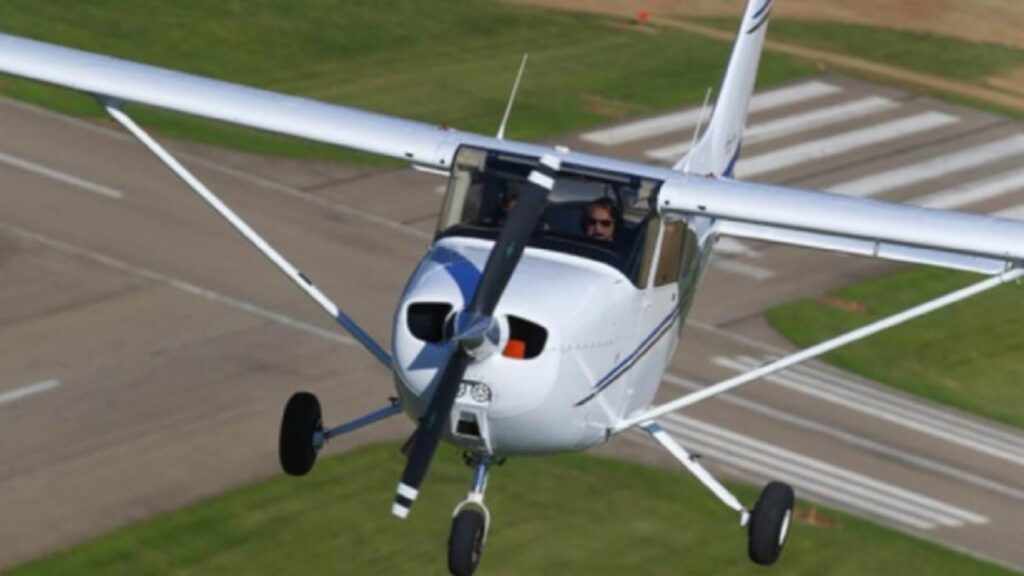It may surprise you to know that mechanical failure is not the most common cause of engine failure in single engine piston aircraft.
Compared to a car, aircraft piston engines are relatively slow revving, with a maximum of 2500 RPM and constant cruise RPM around 1800, versus an average sedan which typically revs back and forth between 2000 RPM and up to 6000 RPM as the car accelerates through its gears. This means aircraft engines are under much less stress than a typical sedan engine.
Aircraft engines are built to be reliable. Coupled with the fact that aircraft engines are inspected and maintained with much greater frequency than a typical car engine, and only by highly trained licensed maintenance engineers, it should be no surprise that aircraft engine failures are rare.
However, aircraft engine failures do sometimes occur (between 12 and 15 per 100,000 flight hours).
Statistically, the most probable cause of engine failure in single engine piston is poor fuel management, which includes fuel contamination, fuel starvation and fuel exhaustion, all of which are avoidable through proper fuel management.
Fuel contamination means something in the fuel, most commonly water. Water is heavier than Avgas (which is light blue in color), so will sink to the bottom of the fuel tanks. Before the first flight of each day, and after refuelling, pilots are required to test the fuel in their tanks for the presence of water (or other contaminants) by draining a sample from the bottom of the tank and inspecting it.
Fuel starvation occurs when there is fuel on board but it’s not getting to the engine. The most common cause of fuel starvation is the pilot selecting the wrong fuel tank or placing the fuel selector in the OFF position by mistake (where applicable). Other less common but possible causes are either engine-driven fuel pump failure or blocked fuel lines, injectors or fuel vents.
Fuel exhaustion occurs when there is no usable fuel on board, and is less likely to be a factor of engine failure immediately after take-off compared to fuel starvation, because pilots are trained to check fuel levels before taking off. Once exception to this is taking off with the fuel caps left off after refuelling, as this allows fuel to be sucked out of the tanks in just a few minutes by the low-pressure area that forms over the wing surface as the aircraft flys.
More commonly, pilots simply run out of fuel before they reach their destination. The most common cause of that is poor in-flight decision making – not monitoring their fuel usage as they go.
Fuel exhaustion is avoided by careful pre-flight planning, carrying sufficient extra fuel for unexpected delays such as bad weather or being forced to fly to an alternate aerodrome. This requires a thorough pre-flight inspection of fuel levels, properly calculating fuel requirements including reserves and being aware of how much fuel there is on board at all times during the flight.
Mechanical failure is the second most common cause of aircraft failure, and includes a wide variety of failures, some of which have been attributed to poor maintenance.
Most commercial aircraft have two or more engines, with separate fuel systems and the maintenance requirements are more stringent than for private aircraft, so the chances of engine failure are exceedingly rare (less than one in a million flights). Aircraft with two engines can be safely operated if one engine fails, but even single engine aircraft can be glided to a safe landing most of the time, if an engine failure occurs in flight.
Author – James Marshall






